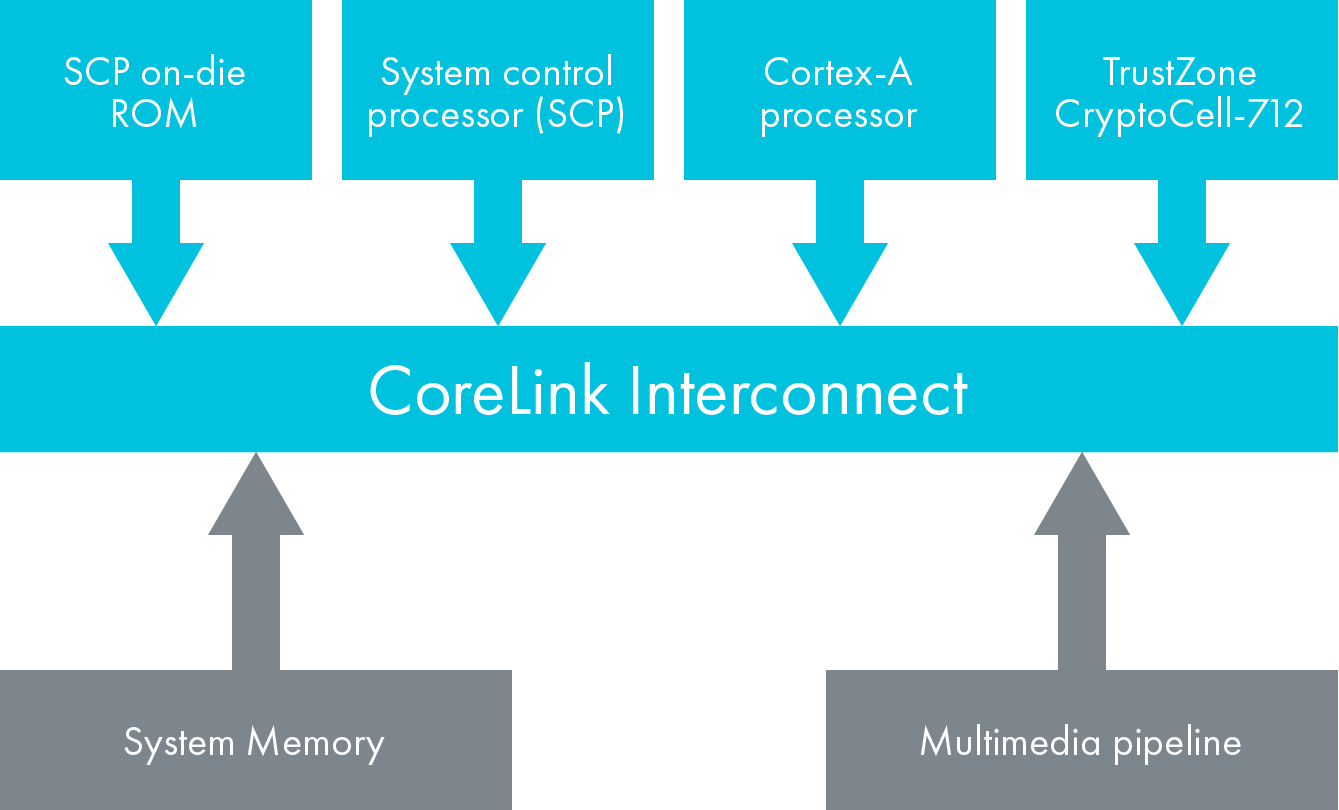I have just replaced the Seagate 3Tb drive in a mac companion and found the plastic top a b. to remove. In the end I used a sucker bought to replace the screen of an iPhone together with a small screwdriver in the ventilation slot to help. Eventually I could get another small driver down the side of the panel and prise it up. In the Disk Utility app on your Mac, choose View Show All Devices. If Disk Utility isn’t open, click the Launchpad icon in the Dock, type Disk Utility in the Search field, then click the Disk Utility icon. In the sidebar, select the storage device you want to encrypt. Click the Erase button in the toolbar. Enter a name for the volume. Set the format type to Mac OS Extended (Journaled.) Click on the Partition button and wait until the process has completed. Select the volume you just created (this is the sub-entry under the drive entry) from the left side list. Click on the Erase tab in the DU main window. Set the format type to Mac OS Extended (Journaled.). Iomega is a producer of external hard drives, portable storage devices, and network attached storage (NAS) products. Iomega got you covered with its wide range of back-up devices, so no worries for storing all kinds of your data, such as documents, spreadsheets, music, videos, image files, applications, zipped files and more.
Run Disk Utility Verify/Repair Disk and Repair Permissions until you get no errors. Still the same? Will the drive mount?
Try a restart.
Do a backup, using either Time Machine or a cloning program, to ensure files/data can be recovered. Two backups are better than one.
Try setting up another admin user account to see if the same problem continues. If Back-to-My Mac is selected in System Preferences, the Guest account will not work. The intent is to see if it is specific to one account or a system wide problem. This account can be deleted later.
If the problem is still there, try booting into the Safe Mode using your normal account. Disconnect all peripherals except those needed for the test. Shut down the computer and then power it back up after waiting 10 seconds. Immediately after hearing the startup chime, hold down the shift key and continue to hold it until the gray Apple icon and a progress bar appear. The boot up is significantly slower than normal. This will reset some caches, forces a directory check, and disables all startup and login items, among other things. When you reboot normally, the initial reboot may be slower than normal. If the system operates normally, there may be 3rd party applications which are causing a problem. Try deleting/disabling the third party applications after a restart by using the application un-installer. For each disable/delete, you will need to restart if you don't do them all at once.

Mar 1, 2016 7:49 AM
Sorry, but that's not possible. You cannot format a drive without losing all the data on the drive.
Drive Preparation
1. Open Disk Utility in your Utilities folder.
2. After DU loads select your hard drive (this is the entry with the mfgr.'s ID and size) from the left side list. Click on the Partition tab in the DU main window.
Iomega Encryption Utility Download
3. Under the Volume Scheme heading set the number of partitions from the drop down menu to one. Click on the Options button, set the partition scheme to GUID then click on the OK button. Set the format type to Mac OS Extended (Journaled.) Click on the Partition button and wait until the process has completed.
Iomega Encryption Utility Version 3.1
4. Select the volume you just created (this is the sub-entry under the drive entry) from the left side list. Click on the Erase tab in the DU main window.


Iomega Encryption Download
5. Set the format type to Mac OS Extended (Journaled.) Click on the Security button, check the button for Zero Data and click on OK to return to the Erase window.
6. Click on the Erase button. The format process can take up to several hours depending upon the drive size.